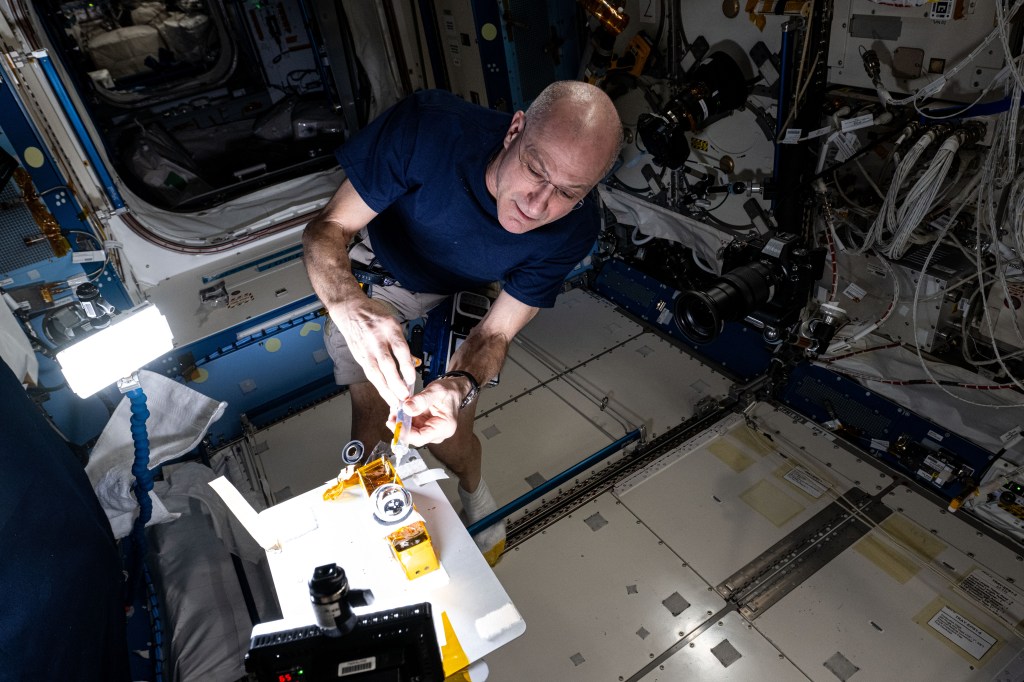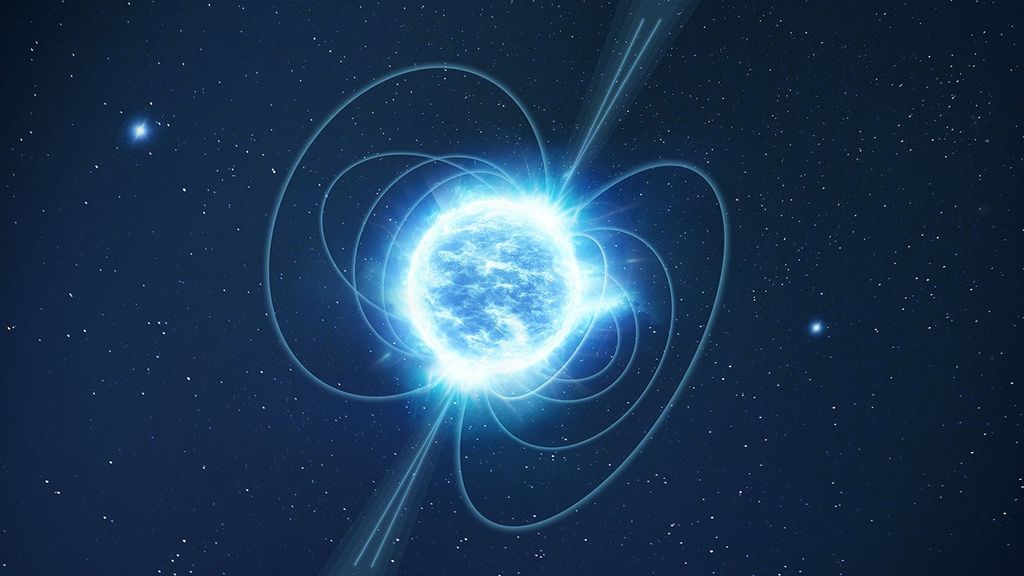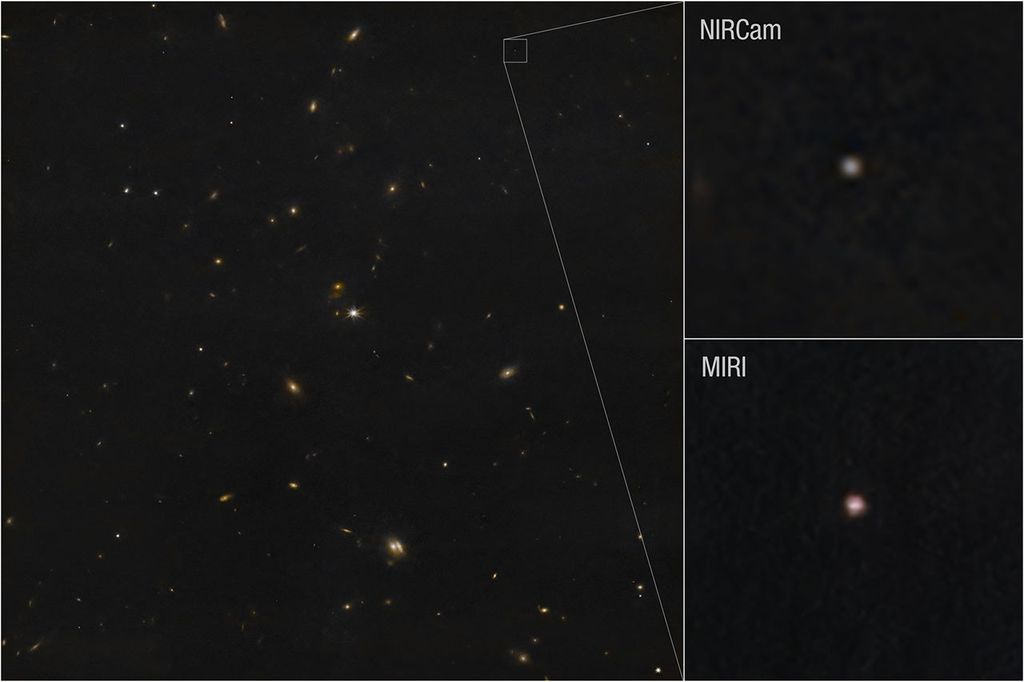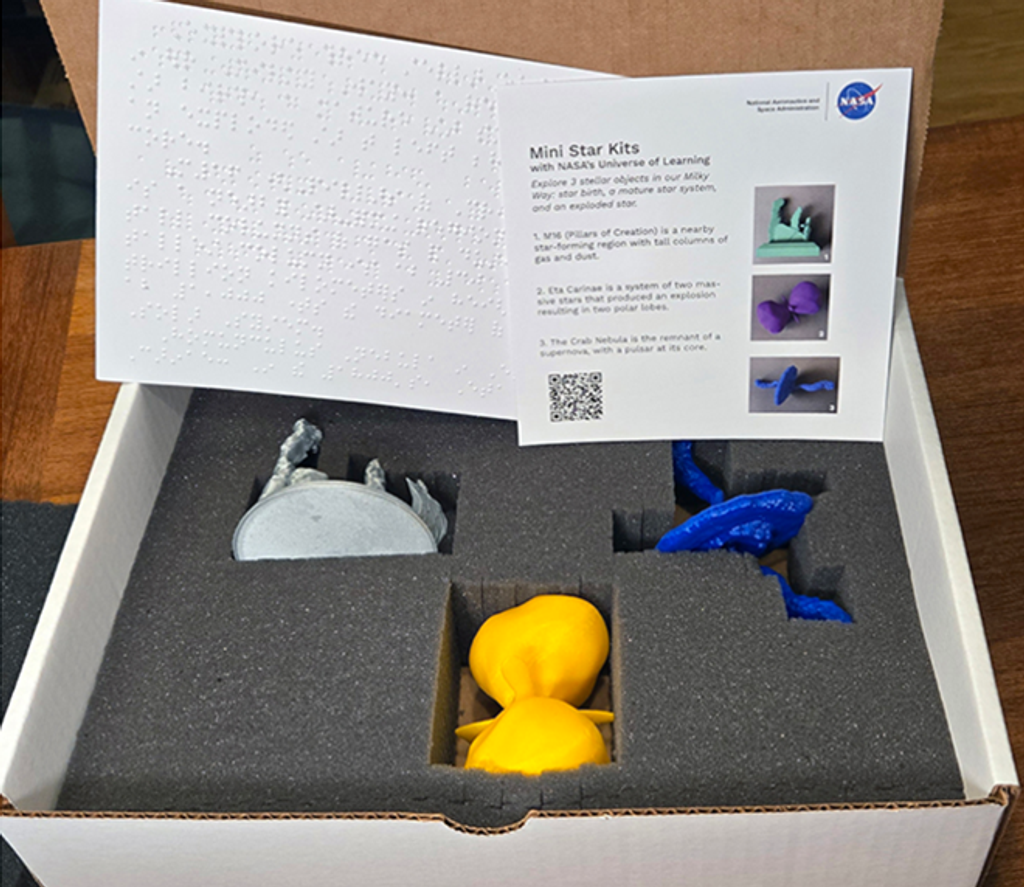CAPSTONE Leaves Earth Orbit, Headed to the Moon
The Cislunar Autonomous Positioning System Technology Operations and Navigation Experiment (CAPSTONE) has left low-Earth orbit and started its solo journey to the Moon.
Following its launch on June 28, CAPSTONE orbited Earth attached to Rocket Lab’s Photon upper stage, which maneuvered CAPSTONE into position for its journey to the Moon. Over the past six days, Photon’s engines fired seven times at key moments to raise the orbit’s highest point to around 810,000 miles from Earth before releasing the CAPSTONE CubeSat on its ballistic lunar transfer trajectory to the Moon. The spacecraft is now being flown by the teams at Advanced Space and Terran Orbital.

Now, CAPSTONE will use its own propulsion and the Sun’s gravity to navigate the rest of the way to the Moon, a four-month journey that will have CAPSTONE inserting into its near rectilinear halo orbit (NRHO) around the Moon on Nov. 13. The gravity-driven track will dramatically reduce the amount of fuel the CubeSat needs to get to its target orbit around the Moon.
In the coming days, you can follow CAPSTONE’s journey live using NASA’s Eyes on the Solar System interactive real-time 3D data visualization, riding along virtually with the CubeSat with a simulated view of our solar system.

























